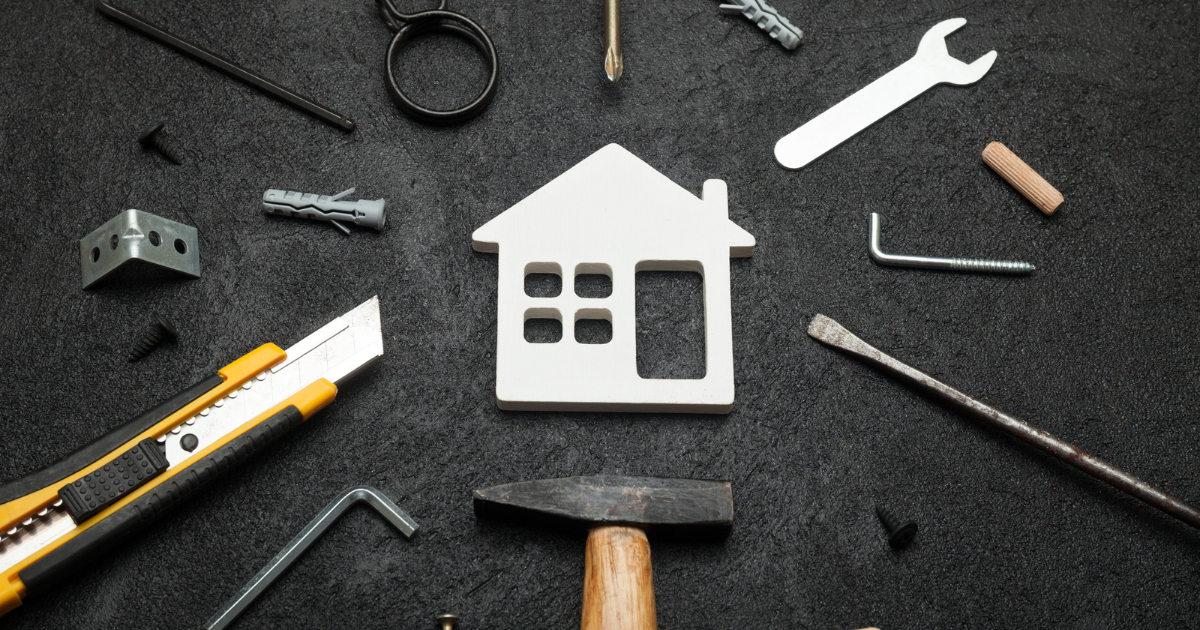The Tax Benefits of Repairs on Rental Property: How Much Can You Deduct?
The Tax Benefits of Repairs on Rental Property: How Much Can You Deduct?
Blog Article
Rental property control comes with its incentives, certainly one of which is the capability to withhold repair-related costs on your taxes. But, moving tax deductions for repairs may be challenging, particularly when deciding what qualifies as a restoration versus an improvement. Understanding these distinctions is essential for maximizing your duty savings while residing in conformity with IRS regulations. repairs and maintenance rental property.
What Qualifies as a Fix?
The IRS describes repairs as costs incurred to keep your home in good operating condition without considerably increasing their value or increasing its lifespan. Common samples of deductible fixes contain:
•Repairing a leaky tap
•Repainting walls
•Exchanging damaged windows
•Patching a top

•Restoring a busted HVAC process
These fix costs are usually fully deductible for the duty year in which these were incurred. Appropriate documentation, such as receipts or invoices, is vital to ensure eligibility if audited.
Repairs vs. Changes
One common pitfall is complicated fixes with improvements. While repairs maintain the property's recent situation, changes increase its value, extend its lifetime, or conform it for a brand new use. As an example:
•Fix: Replacing a couple of broken tiles is just a deductible repair.
•Development: Replacing a complete kitchen with new cupboards and countertops would be categorized being an improvement.
Unlike fixes, changes must be capitalized, meaning their prices are recovered as time passes through depreciation. Therefore, if a project straddles the range between repair and development, consult a tax professional to make sure proper classification.

Limits on Duty Deductions for Fixes
While there's no upper restrict to simply how much you are able to withhold for fixes on rental house, the cost should match particular situations to qualify:
1.Ordinary and Necessary: The price ought to be common for home preservation and essential for its upkeep.
2.Directly Linked to Rental: The home must be actively applied as a rental once the repairs take place.
For instance, if you spend $2,000 fixing a roof on a hire house, that expense may usually be fully subtracted with no cap if it adheres to the IRS criteria.
Maximize Your Advantages
Knowledge what qualifies as a repair and staying apprised of IRS directions allows hire house owners to take whole advantage of deductible expenses. Hold step by step documents of most restoration expenses and, when in uncertainty, work with a tax advisor to improve your strategy. Maximizing your deductions is all about playing by the rules while making the most of the options they provide.
Report this page